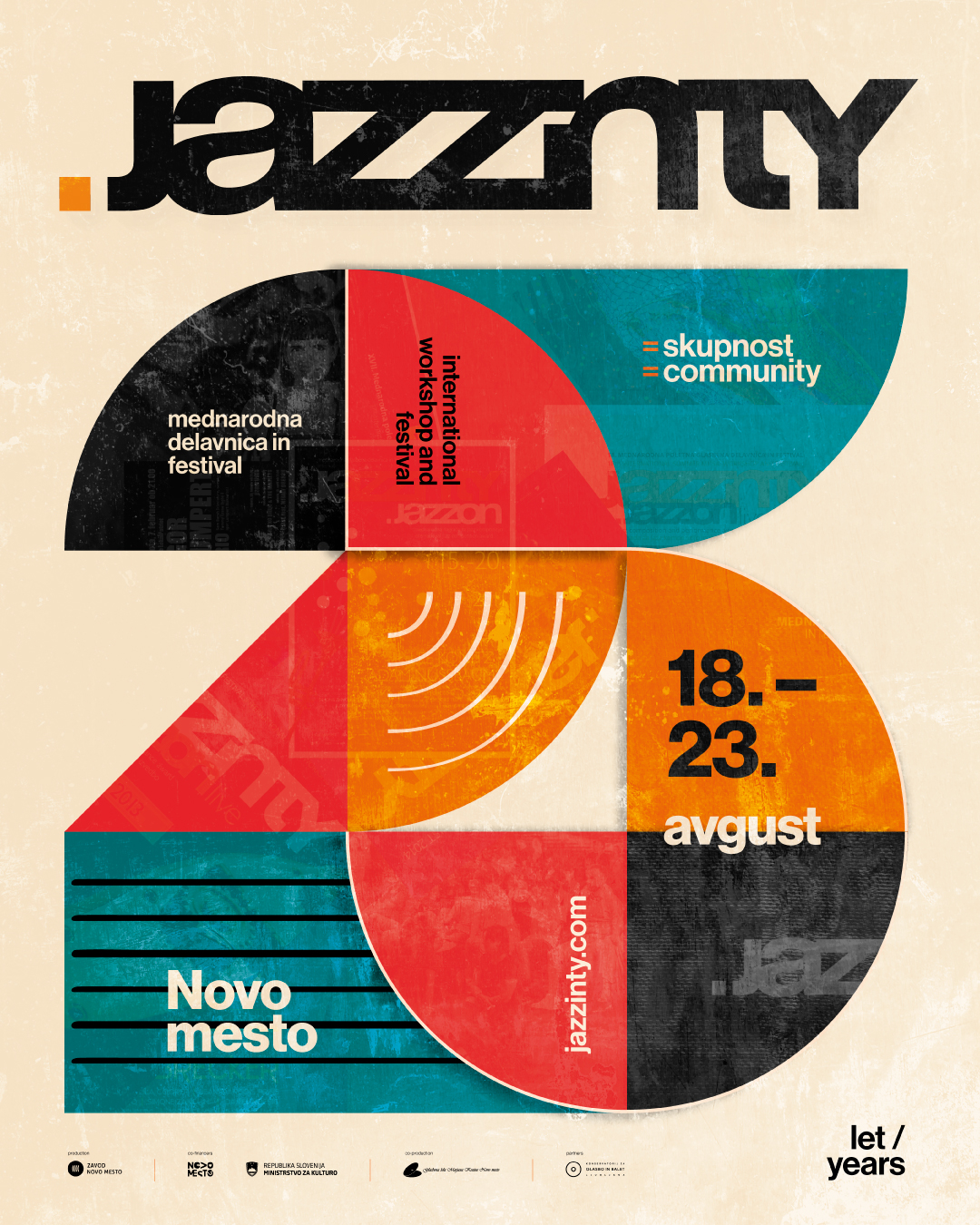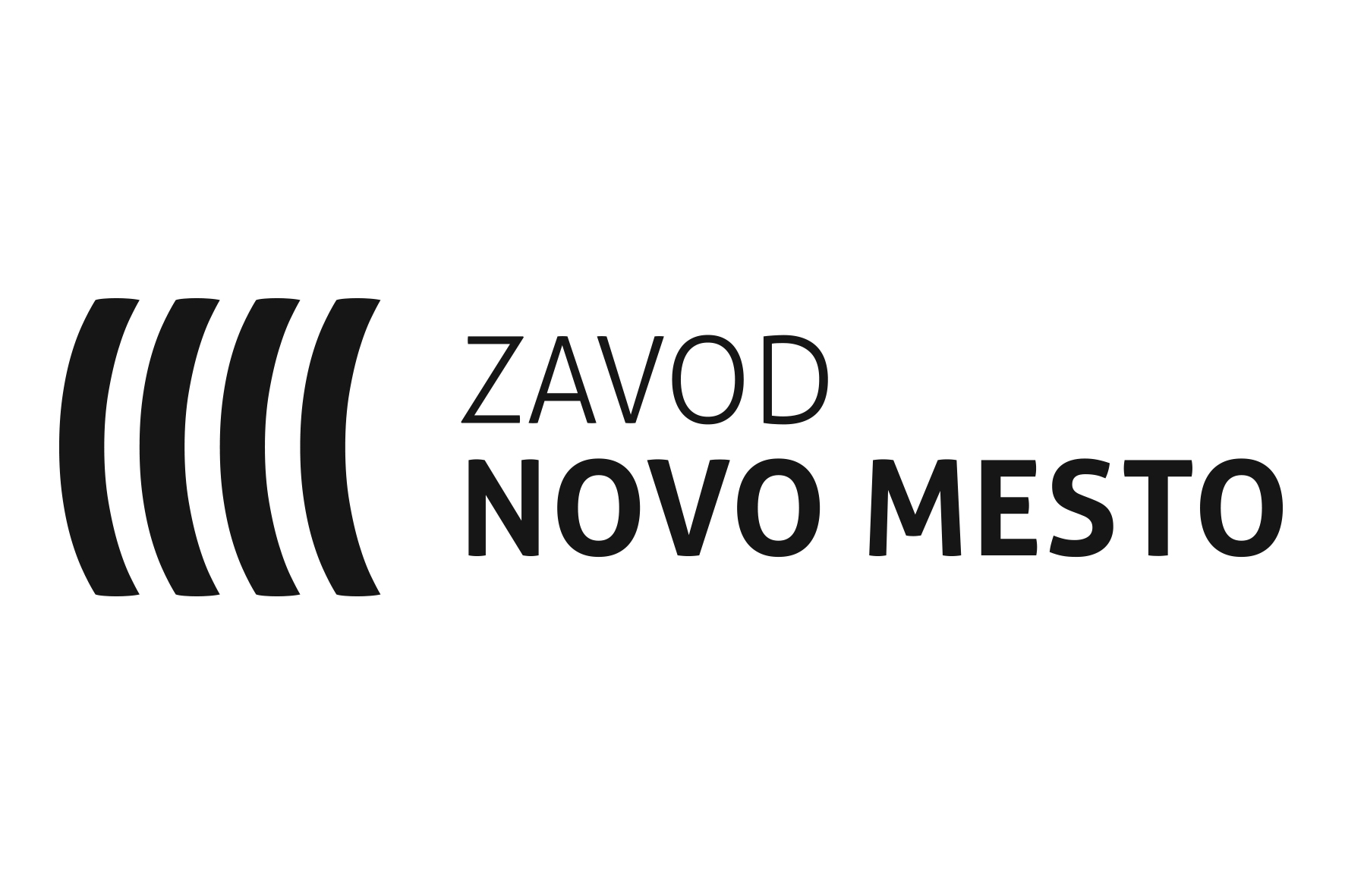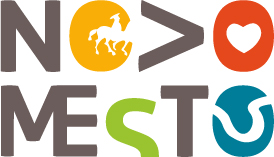Jubilejni 25. Jazzinty se predstavlja s sloganom: jazzinty = skupnost.
Ponedeljek, 18.8. ob 20.00 @ ploščad KCJT
Akademija za glasbo UL: AG COMBO BAND
Jošt Lampret: NOMAD
Torek, 19.8. ob 20.00 @ ploščad KCJT
Gal Golob Trio
Drago Ivanuša Kino Kvartet: Koncert filmske glasbe
Sreda, 20.8. ob 20.00 @ ploščad KCJT
JAZZON
Koncert mentorjev delavnice Jazzinty
Četrtek, 21.8. ob 20.00 @ ploščad KCJT
Big band Krško & Štěpánka Balcarová
Igor Matković – Pocket.Star
Petek, 22.8. ob 20.00 @ ploščad KCJT
larao
SALOMEA
Sobota, 23.8. ob 20.00 @ ploščad KCJT
Zaključni koncert udeležencev delavnice











